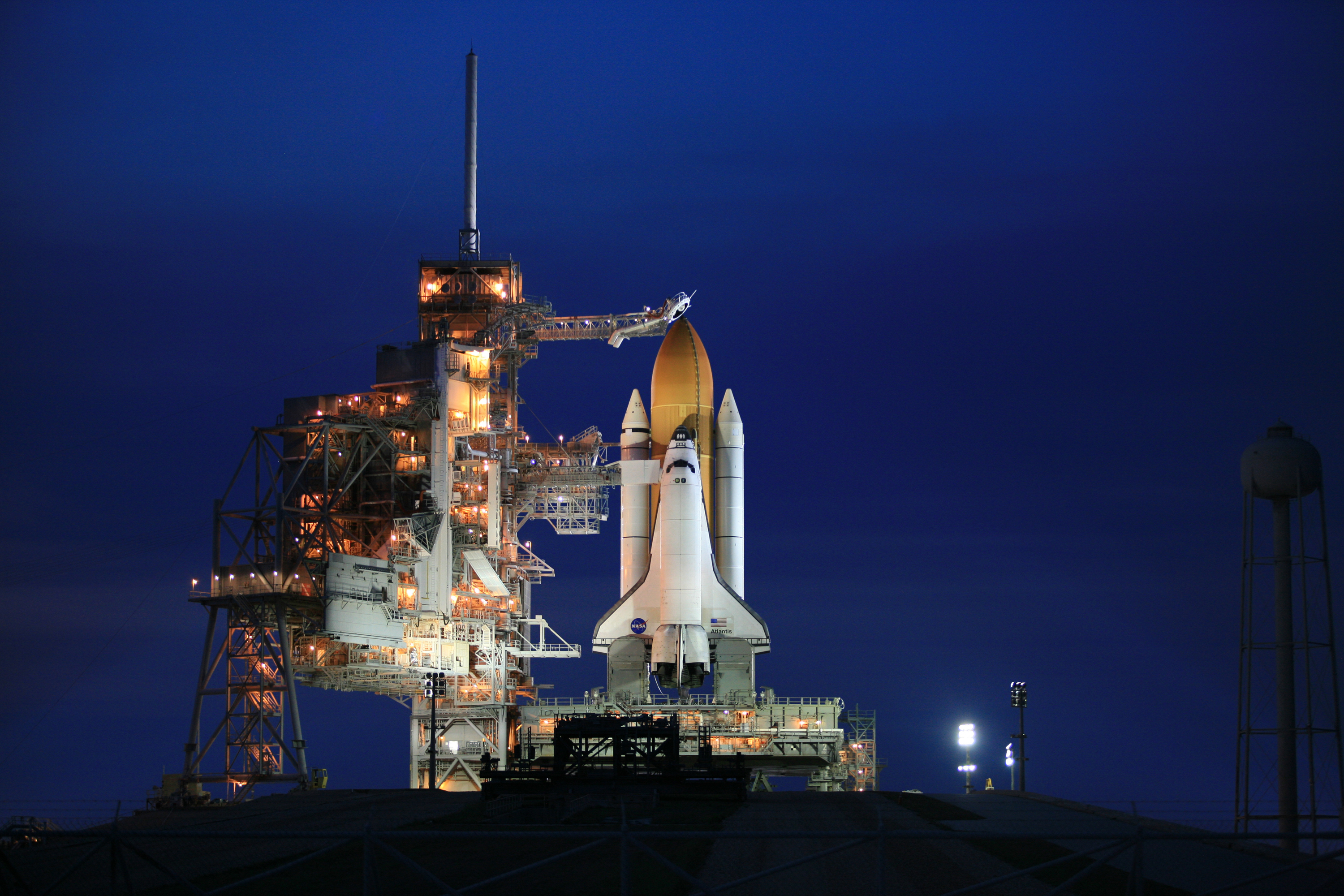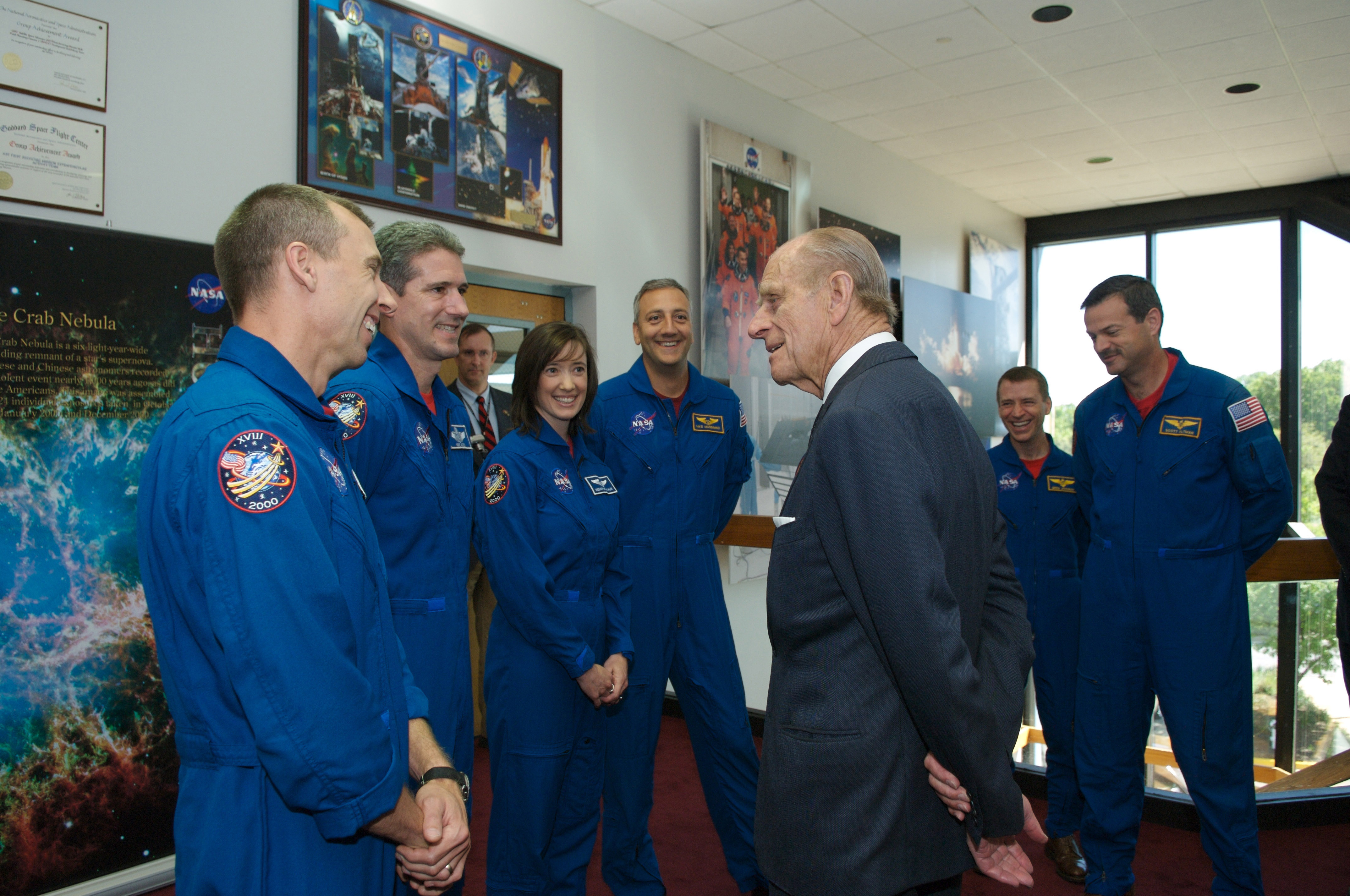|
STS-109
STS-109 (SM3B) was a Space Shuttle mission that launched from the Kennedy Space Center on 1 March 2002. It was the 108th mission of the Space Shuttle program, the 27th flight of the orbiter '' Columbia'' and the fourth servicing of the Hubble Space Telescope. It was also the last successful mission of the orbiter ''Columbia'' before the ill-fated STS-107 mission, which culminated in the ''Columbia'' disaster. The Hubble Space Telescope (HST) was placed in orbit during mission STS-31 on 25 April 1990. Initially designed to operate for 15 years, plans for periodic service and refurbishment were incorporated into its mission from the start. After the successful completion of the second planned service mission (SM2) by the crew of STS-82 in February 1997, three of the telescope's six gyroscopes failed. NASA decided to split the third planned service mission into two parts, SM3A and SM3B. A fifth and final servicing mission, STS-125 (SM4) launched on 11 May 2009. The work per ... [...More Info...] [...Related Items...] OR: [Wikipedia] [Google] [Baidu] |
Space Shuttle Columbia
Space Shuttle ''Columbia'' (OV-102) was a Space Shuttle orbiter manufactured by Rockwell International and operated by NASA. Named after the first American ship to circumnavigate the upper North American Pacific coast and the female personification of the United States, ''Columbia'' was the first of five Space Shuttle orbiters to fly in space, debuting the Space Shuttle launch vehicle on its maiden flight in April 1981. As only the second full-scale orbiter to be manufactured after the Approach and Landing Test vehicle ''Enterprise'', ''Columbia'' retained unique features indicative of its experimental design compared to later orbiters, such as test instrumentation and distinctive black chines. In addition to a heavier fuselage and the retention of an internal airlock throughout its lifetime, these made ''Columbia'' the heaviest of the five spacefaring orbiters; around heavier than ''Challenger'' and heavier than '' Endeavour''. ''Columbia'' also carried ejection seats b ... [...More Info...] [...Related Items...] OR: [Wikipedia] [Google] [Baidu] |
Advanced Camera For Surveys
The Advanced Camera for Surveys (ACS) is a third-generation axial instrument aboard the Hubble Space Telescope (HST). The initial design and scientific capabilities of ACS were defined by a team based at Johns Hopkins University. ACS was assembled and tested extensively at Ball Aerospace & Technologies Corp. and the Goddard Space Flight Center and underwent a final flight-ready verification at the Kennedy Space Center before integration in the cargo bay of the Columbia orbiter. It was launched on March 1, 2002, as part of Servicing Mission 3B ( STS-109) and installed in HST on March 7, replacing the Faint Object Camera (FOC), the last original instrument. ACS cost US$86 million at that time. ACS is a highly versatile instrument that became the primary imaging instrument aboard HST. It offered several important advantages over other HST instruments: three independent, high-resolution channels covering the ultraviolet to the near-infrared regions of the spectrum, a large detector ... [...More Info...] [...Related Items...] OR: [Wikipedia] [Google] [Baidu] |
STS-125
STS-125, or HST-SM4 (Hubble Space Telescope Servicing Mission 4), was the fifth and final Space Shuttle mission to the Hubble Space Telescope (HST) and the last solo flight of the Space Shuttle ''Atlantis''. The launch of the Space Shuttle ''Atlantis'' occurred on 11 May 2009 at 2:01 pm EDT. Landing occurred on 24 May at 11:39 am EDT, with the mission lasting a total of just under 13 days. carried two new instruments to the Hubble Space Telescope, the Cosmic Origins Spectrograph and the Wide Field Camera 3. The mission also replaced a Fine Guidance Sensor, six gyroscopes, and two battery unit modules to allow the telescope to continue to function at least through 2014. The crew also installed new thermal blanket insulating panels to provide improved thermal protection, and a soft-capture mechanism that would aid in the safe de-orbiting of the telescope by a robotic spacecraft at the end of its operational lifespan. The mission also carried an IMAX camera with which ... [...More Info...] [...Related Items...] OR: [Wikipedia] [Google] [Baidu] |
Near Infrared Camera And Multi-Object Spectrometer
The Near Infrared Camera and Multi-Object Spectrometer (NICMOS) is a scientific instrument for infrared astronomy, installed on the Hubble Space Telescope (HST), operating from 1997 to 1999, and from 2002 to 2008. Images produced by NICMOS contain data from the near-infrared part of the light spectrum. NICMOS was conceived and designed by the NICMOS Instrument Definition Team centered at Steward Observatory, University of Arizona, USA. NICMOS is an imager and spectrometer built by Ball Aerospace & Technologies Corp. that allows the HST to observe infrared light, with wavelengths between 0.8 and 2.4 micrometers, providing imaging and slitless spectrophotometric capabilities. NICMOS contains three near-infrared detectors in three optical channels providing high (~ 0.1 arcsecond) resolution, coronagraphic and polarimetric imaging, and slitless spectroscopy in 11-, 19-, and 52-arcsecond square fields of view. Each optical channel contains a 256×256 pixel photodiode array of me ... [...More Info...] [...Related Items...] OR: [Wikipedia] [Google] [Baidu] |
STS-108
STS-108 was a Space Shuttle mission to the International Space Station (ISS) flown by Space Shuttle '' Endeavour''. Its primary objective was to deliver supplies to and help maintain the ISS. STS-108 was the 12th shuttle flight to visit the International Space Station and the first since the installation of the Russian airlock called Pirs on the station. ''Endeavour'' delivered the Expedition 4 crew to the orbital outpost. The Expedition 3 crew returned to Earth on ''Endeavour''. While at the station, the crew conducted one spacewalk and attached the Raffaello Multi-Purpose Logistics Module to the station so that about 2.7 metric tons (3 tons) of equipment and supplies could be unloaded. The crew later returned Raffaello to ''Endeavours payload bay for the trip home. Crew Cargo SSAF-UF-1 carried the Multi Purpose Logistics Module (MPLM-2) 'Raffaello' (2nd flight) 4th MPLM flight overall. Also the Multiple Application Customized Hitchhiker (MACH-1) MPESS Hitchhiker exper ... [...More Info...] [...Related Items...] OR: [Wikipedia] [Google] [Baidu] |
Hubble Space Telescope
The Hubble Space Telescope (often referred to as HST or Hubble) is a space telescope that was launched into low Earth orbit in 1990 and remains in operation. It was not the first space telescope, but it is one of the largest and most versatile, renowned both as a vital research tool and as a public relations boon for astronomy. The Hubble telescope is named after astronomer Edwin Hubble and is one of NASA's Great Observatories. The Space Telescope Science Institute (STScI) selects Hubble's targets and processes the resulting data, while the Goddard Space Flight Center (GSFC) controls the spacecraft. Hubble features a mirror, and its five main instruments observe in the ultraviolet, visible, and near-infrared regions of the electromagnetic spectrum. Hubble's orbit outside the distortion of Earth's atmosphere allows it to capture extremely high-resolution images with substantially lower background light than ground-based telescopes. It has recorded some of the most de ... [...More Info...] [...Related Items...] OR: [Wikipedia] [Google] [Baidu] |
STS-93
STS-93 in 1999 marked the 95th launch of the Space Shuttle, the 26th launch of ''Columbia'', and the 21st night launch of a Space Shuttle. Eileen Collins became the first female shuttle Commander on this flight. Its primary payload was the Chandra X-ray Observatory. It would also be the last mission of ''Columbia'' until March 2002. During the interim, ''Columbia'' would be out of service for upgrading, and would not fly again until STS-109. The launch was originally scheduled for 20 July but the launch was aborted at T−7 seconds. The successful launch of the flight occurred 3 days later. The payload was also the heaviest payload ever carried by the Space Shuttle system, at over 22.7 tonnes (25 tons). Crew Problems during ascent During the main engine ignition sequence, a gold pin used to plug an oxidizer post in the Space Shuttle's number three (right) engine came loose and was violently ejected, striking the engine nozzle's inner surface and tearing open three cooling tu ... [...More Info...] [...Related Items...] OR: [Wikipedia] [Google] [Baidu] |
Hubble Space Telescope SM3B
The Hubble Space Telescope (often referred to as HST or Hubble) is a space telescope that was launched into low Earth orbit in 1990 and remains in operation. It was not the first space telescope, but it is one of the largest and most versatile, renowned both as a vital research tool and as a public relations boon for astronomy. The Hubble telescope is named after astronomer Edwin Hubble and is one of NASA's Great Observatories. The Space Telescope Science Institute (STScI) selects Hubble's targets and processes the resulting data, while the Goddard Space Flight Center (GSFC) controls the spacecraft. Hubble features a mirror, and its five main instruments observe in the ultraviolet, visible, and near-infrared regions of the electromagnetic spectrum. Hubble's orbit outside the distortion of Earth's atmosphere allows it to capture extremely high-resolution images with substantially lower background light than ground-based telescopes. It has recorded some of the most d ... [...More Info...] [...Related Items...] OR: [Wikipedia] [Google] [Baidu] |
STS-82
STS-82 was the 22nd flight of the Space Shuttle ''Discovery'' and the 82nd mission of the Space Shuttle program. It was NASA's second mission to service the Hubble Space Telescope, during which ''Discovery's'' crew repaired and upgraded the telescope's scientific instruments, increasing its research capabilities. ''Discovery'' launched from Kennedy Space Center, Florida, on 11 February 1997, returning to Earth on 21 February 1997 at Kennedy Space Center. Crew Spacewalks *''EVA 1'' Lee and Smith **Start: 14 February 1997 – 04:34 UTC **End: 14 February 1997 – 11:16 UTC **Duration: 6 hours, 42 minutes *''EVA 2'' Harbaugh and Tanner **Start: 15 February 1997 – 03:25 UTC **End: 15 February 1997 – 10:52 UTC **Duration: 7 hours, 27 minutes *''EVA 3'' Lee and Smith **Start: 16 February 1997 – 02:53 UTC **End: 16 February 1997 – 10:04 UTC **Duration: 7 hours, 11 minutes *''EVA 4'' Harbaugh and Tanner **Start: 17 February 1997 – 03:45 UTC **End: 17 February 1997 – 10 ... [...More Info...] [...Related Items...] OR: [Wikipedia] [Google] [Baidu] |
STS-110
STS-110 was a Space Shuttle mission to the International Space Station (ISS) on 8–19 April 2002 flown by Space Shuttle ''Atlantis''. The main purpose was to install the S0 Truss segment, which forms the backbone of the truss structure on the station. Crew Mission highlights The main purpose of STS-110 was to attach the stainless steel S0 Truss segment to the International Space Station (ISS) to the Destiny Laboratory Module. It forms the backbone of the station to which the S1 and P1 truss segments were attached (on the following missions STS-112 and STS-113, respectively). STS-110 also delivered the Mobile Transporter (MT), which is an (1,950 lb) assembly that glides down rails on the station integrated trusses. The MT was designed and manufactured by Astro Aerospace in Carpinteria, CA. During the next shuttle mission, STS-111, the Mobile Base System (MBS) was mounted to the MT. This Mobile Servicing System (MSS) allows the Canadarm2 to travel down the len ... [...More Info...] [...Related Items...] OR: [Wikipedia] [Google] [Baidu] |
Gyroscope
A gyroscope (from Ancient Greek γῦρος ''gŷros'', "round" and σκοπέω ''skopéō'', "to look") is a device used for measuring or maintaining orientation and angular velocity. It is a spinning wheel or disc in which the axis of rotation (spin axis) is free to assume any orientation by itself. When rotating, the orientation of this axis is unaffected by tilting or rotation of the mounting, according to the conservation of angular momentum. Gyroscopes based on other operating principles also exist, such as the microchip-packaged MEMS gyroscopes found in electronic devices (sometimes called gyrometers), solid-state ring lasers, fibre optic gyroscopes, and the extremely sensitive quantum gyroscope. Applications of gyroscopes include inertial navigation systems, such as in the Hubble Space Telescope, or inside the steel hull of a submerged submarine. Due to their precision, gyroscopes are also used in gyrotheodolites to maintain direction in tunnel mining. Gyroscope ... [...More Info...] [...Related Items...] OR: [Wikipedia] [Google] [Baidu] |











